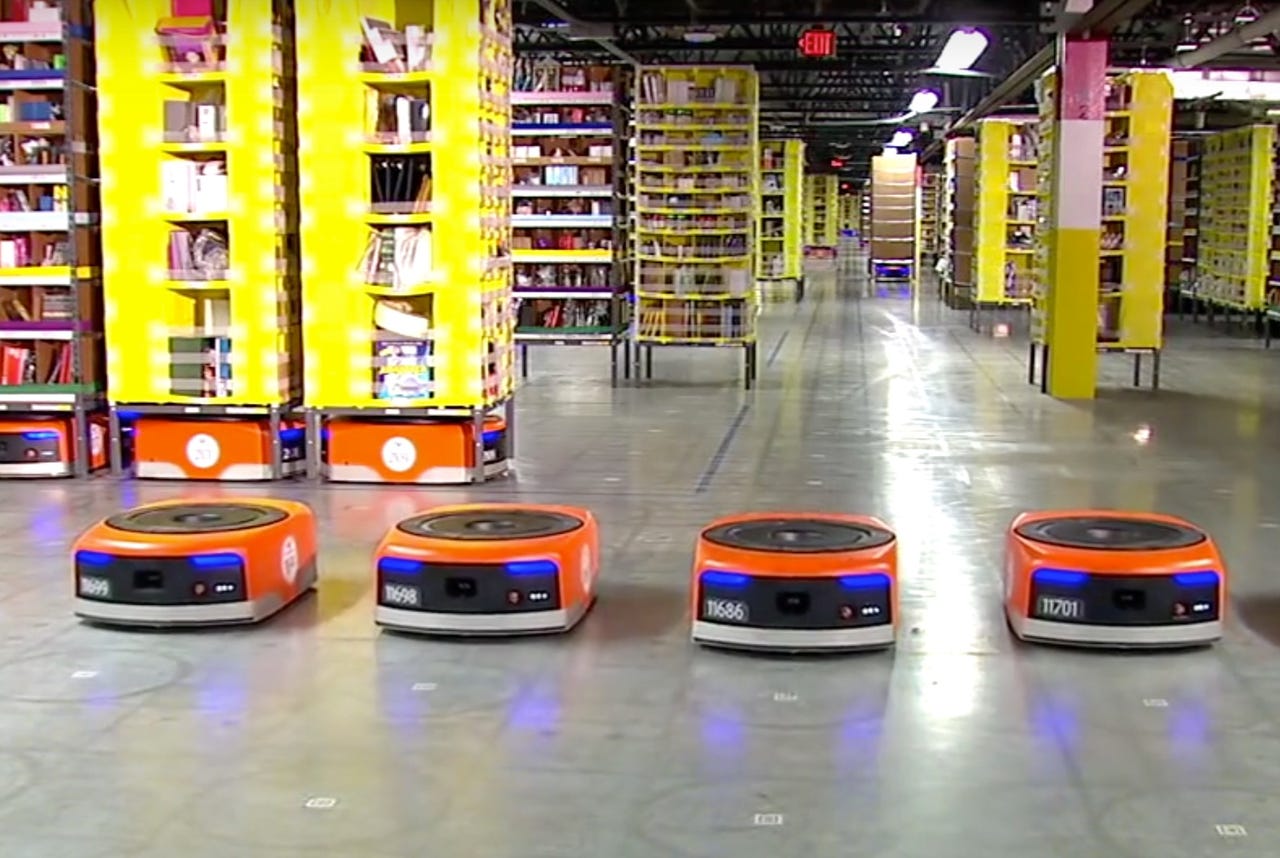Automating the warehouse: Robots can increase productivity of existing labor force

There are different robotic applications suitable for a variety of warehouse environments.
The use of robotics is expanding in a number of business environments, but warehouses seem especially well suited to the adoption of autonomous machines of various types.
"Automation in the warehouse has been something that has been going on for quite some time now, but when we think about robotics, it is not the same thing as automation," said John Santagate, research manager, supply chain at International Data Corp., (IDC).
"Automation takes a repetitive tasks and processes and seeks to streamline the tasks and processes to be completed by machinery such as conveyors," Santagate said. "Robotics can often be an element of automation. But is distinctly different in that robotics can operate in a variety of capacities and can be re-tooled and reprogrammed to do new and different things, where automation is largely a fixed process weighed down by fixed assets."
As companies continue to automate their warehouses, robotics offers a new opportunity to gain productivity and throughput improvements beyond the existing automation efforts.
"Improvements made to robotics technology, both on the hardware and software sides, have improved the performance of robotics for warehouses," Santagate said. That helps to entice businesses to consider robotics as an option for labor augmentation, he said.
In addition, there's been a decrease in cost of the technology and exciting new business models including Robot-as-a-Service, which is making it more cost effective to bring robots into the warehouse.
"One especially interesting case for warehouse robotics applies to the seasonal uptick in [ecommerce] fulfillment centers," Santagate said. "Often, ecomm fulfillment facilities struggle with obtaining labor for the holiday season as fulfillment requirements increase drastically."
This often leads to an increase in the cost of labor, because in order to acquire labor, companies must compete on compensation. Then there is the need to train and on-board seasonal labor. "With warehouse robotics, increasing throughput can be as simple as bringing a new robot into the existing deployment and connecting it to the network," Santagate said.
The systems are highly intelligent and can share data across the devices to central command and control software. "So, instead of having to go out and deal with the cost, time, and complexity of hiring seasonal labor, ecomm fulfillment centers are able to add a few robots and increase the productivity of the existing labor force," Santagate said.
Robotics can offer value across all kinds of warehouses, but especially in high throughput facilities such as ecommerce distribution centers. There are different robotic applications suitable for a variety of warehouse environments.
"I have seen a forklift refit with sensors and computing power that turned a traditional forklift into a robot as well as purpose-built pick/pack robots," Santagate said. "In many large-scale facilities, you will see massive robotic arms managing the palletizing function, and an [automated unmanned ground vehicle] that moves through the facility and picks up pallets and takes them to loading bays."
There are countless use cases for robotics in warehouses, "and I think that we will continue to see innovators develop new and improved robotics as the technology continues to improve", Santagate said.
